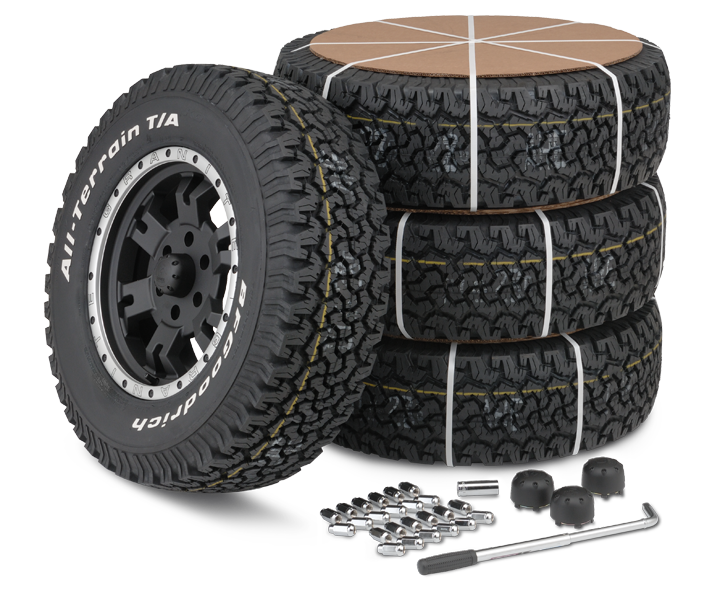Save Big with Mopar Tire Service Specials: Finest Offers and Expert Care
Save Big with Mopar Tire Service Specials: Finest Offers and Expert Care
Blog Article
Tire Solution: The Impact of Climate Condition
When it comes to guaranteeing optimal efficiency and security on the roadway, recognizing the influence of climate problems on tire solution is critical. In this conversation, we will certainly discover the intricate connection between weather condition conditions and tire service, shedding light on the significance of weather-specific tire maintenance practices and considerations.
Heat and Tire Efficiency
When subjected to high temperatures, tires experience modifications in performance that can considerably influence automobile safety and handling. The warmth produced from long term driving or hot weather condition conditions creates the tire rubber to soften, leading to minimized tread life and raised wear.
Moreover, high temperature levels can increase the process of tire aging, triggering the rubber to deteriorate a lot more quickly. To reduce the impacts of warmth on tire efficiency, motorists need to frequently inspect their tire stress, revolve tires to ensure even put on, and inspect for any type of indications of damages.
Cold Weather Impacts
Cold climate problems can have a significant effect on tire efficiency and safety and security. As temperature levels decline, tire rubber can harden, causing lowered grip on icy or snow-covered roads. In winter, tires might additionally shed atmospheric pressure extra swiftly, which can influence handling and fuel efficiency. In addition, cool temperature levels can trigger tire sidewalls to stiffen, boosting the danger of damage from holes or various other road dangers.
To minimize the impacts of chilly weather on tires, it is essential to routinely check tire stress and inflate them to the manufacturer's suggested levels. Using winter months or all-season tires made for winter problems can also improve grip and hold on icy or snowy roads - morris tire and alignment. Proper tire upkeep, consisting of normal evaluations for wear and damages, ends up being also extra essential throughout colder months to make sure optimal performance and security
Rainy Issues Effect
Tires with worn-out footsteps are a lot more prone to hydroplaning, where a layer of water constructs up in between the tire and the roadway surface area, leading to loss of grip. To combat this, vehicle drivers need to on a regular basis examine their tires for adequate step depth and think about spending in tires particularly designed for damp conditions.

Snow and Tire Safety
When driving in snowy conditions, having the ideal tires can make a blog significant difference in security and efficiency. Wintertime tires are made with unique rubber substances and walk patterns to give far better traction on snow and ice contrasted to all-season tires.
Along with utilizing Recommended Site wintertime tires, it is crucial to ensure they are correctly inflated. Winter can trigger tire stress to go down, impacting grip and handling (mopar tire service specials). Routinely inspecting and preserving the appropriate tire pressure is vital for optimum performance in snowy conditions

Weather-Related Tire Upkeep
When faced with different climate condition, correct tire maintenance comes to be an important facet of vehicle safety and security and performance. Weather-related tire upkeep incorporates a variety of techniques targeted at making certain optimal tire feature and long life in different weather condition situations. One essential element of weather-related tire upkeep is tire pressure law. Fluctuating Visit Website temperatures can cause tire pressure to vary, impacting traction and gas effectiveness. On a regular basis examining and changing tire stress according to producer recommendations is important for risk-free driving in changing weather condition problems. In addition, tire tread depth plays a significant function in handling different weather condition components. Tires with ample walk deepness provide better hold on wet or icy roads, decreasing the threat of hydroplaning or skidding. When step wear reaches a certain depth is crucial for maintaining traction and security in negative weather, inspecting tire step routinely and replacing tires. By prioritizing weather-related tire upkeep, chauffeurs can enhance safety and security, enhance vehicle performance, and extend the life expectancy of their tires.
Conclusion
In conclusion, climate conditions have a significant influence on tire performance and safety (mopar tire service specials). From warmth affecting tire pressure and use to cool weather reducing traction, it is necessary to consider the weather when preserving and utilizing tires.
In this discussion, we will check out the complex partnership in between weather conditions and tire solution, dropping light on the relevance of weather-specific tire upkeep practices and considerations.

Report this page